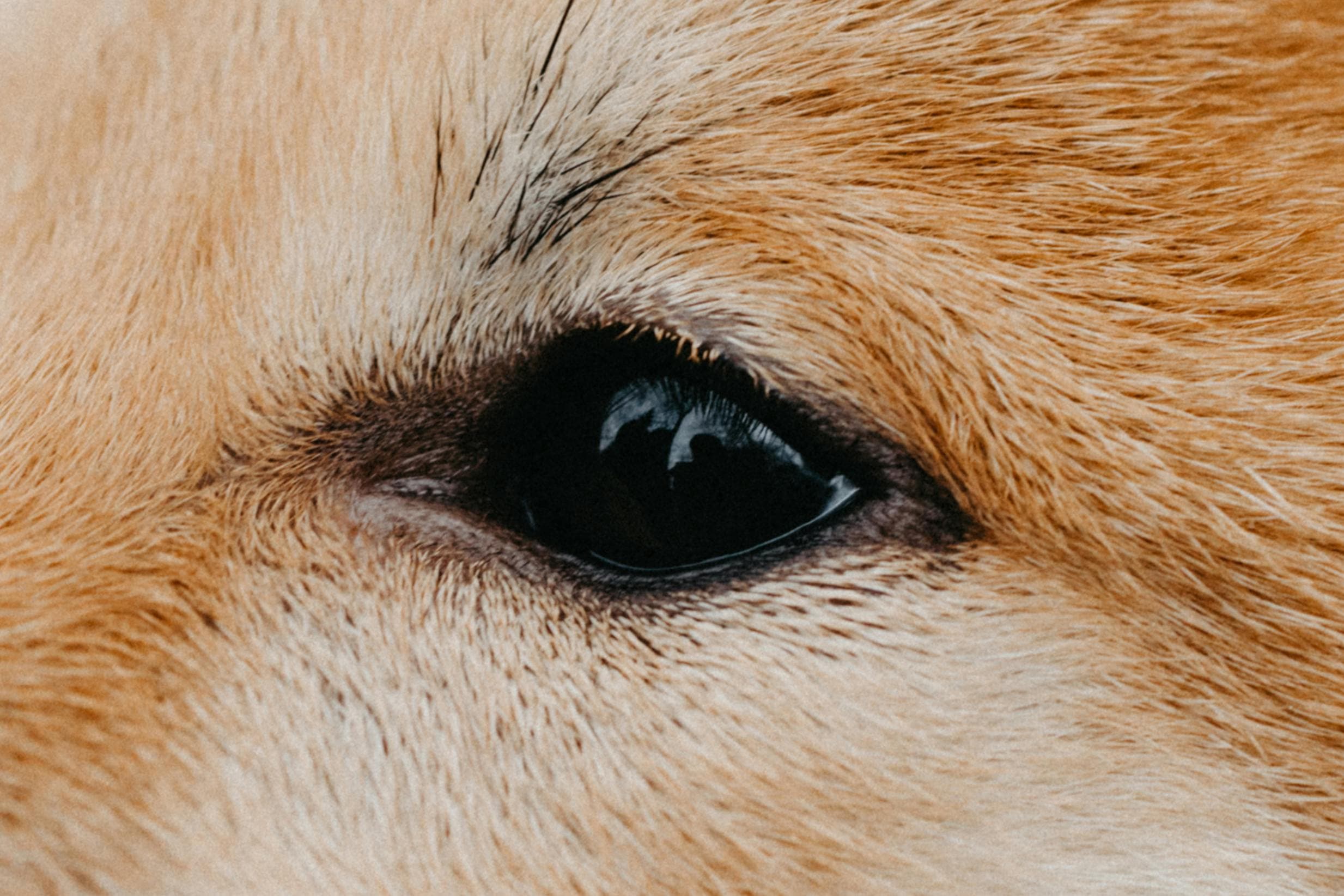What Is a Dog Eye Infection?
The most significant sign of an eye infection in dogs is puffiness and redness in eyes. There is often a strange goo around the eyes. When a canine gets an eye infection, they are in pain and suffer a lot. Any pet parent would hate to see their dog in this condition. The way to save them this pain is to identify the cause and type of the infection to cure it efficiently.
Types of Dog Eye Infections
Canine Conjunctivitis
When the lining of the canine’s eye is inflamed, it is usually because of conjunctivitis in dogs. Redness, swelling and discharge are often observed in this case. A dog pink eye can be irritating for the poor animal. They end up rubbing their eyes more than usual. It will definitely make the problem worse. Pink eye in dogs necessitates immediate vet treatment.
Allergic Conjunctivitis
Pollen or dust trigger a dog’s allergies very easily. The result is obvious; red and watery eyes. This infection is not contagious, fortunately, but it does not mean that the condition is not uncomfortable. Don’t forget that when left untreated, it can lead to severe infection.
Viral Eye Infections
After your dog has been sick, the possibility of a viral eye infection is always there. This comes with a bit of eye discharge and cough and runny nose. There is often no need to worry as these virals clear up on their own. They might persist longer than other infections though and can make your dog irritable.
Bacterial Eye Infections
Bacterial eye infection in dogs can be intense. Bacteria cause swelling, redness and yellowish or greenish discharge. Any scratch or injury in the vicinity of the eye can cause this infection. These are not cured without antibiotic medications.
Fungal Eye Infections
In damp environments, fungal infections can occur in the dog’s eye but they are rare. These are really slow in developing and have the potential to damage the eye badly if not treated properly.
Causes of Dog Eye Infections
Bacterial Infections
A small wound or injury gives bacteria a chance to sneak into your dog’s eyes. Once they set up camp, the infection will get worse.
Viral Infections
Dogs can spread these infections among each other. This is especially true if they’ve been around a sick puppy recently. Coughing or sneezing are part and parcel. They can make your dog feel a little off all around.
Allergies
Allergic reactions are often triggered by pollen, dust and even certain foods. They make the eyes red and watery and extremely itchy. The irritation can lead to infection if not checked in time and treated properly. The dog will keep on rubbing or scratching their eyes when they have allergies.
Foreign Objects
A piece of dirt or grass or a tiny bug can get into your dog’s eye. An infection can be caused if the object is not removed instantly. It might be worth it to use an eye drop after removing the object from the eye.
Trauma or Injury
There are many ways a dog can get an eye injury. These injuries leave the dog open to eye infections. Bacteria or dirt can make their way into the dog’s eye once it is irritated or damaged.
Underlying Health Conditions
Health issues can also make some dogs more prone to infections. Dry eye or immune system disorders means that eye infections can pop up more often. A detailed health check-up with the vet means you will be able to keep your dog safe from such infections. You can also use a dog DNA test to be prepared for such a situation in advance and monitor your pup’s health closely at the vet clinic.
Symptoms of Dog Eye Infections
Redness and Swelling
Red, swollen eyes are a pretty strong indicator of an infection. Swelling is the body’s natural reaction to irritation, so this symptom often pops up early.
Discharge
A little eye booger is normal, but anything more than that could mean trouble. Yellow or green dog eye discharge is especially concerning and should be checked out. According to Pet MD, yellow or green discharge is almost always a symptom of an eye infection and needs urgent treatment.
Squinting or Excessive Blinking
Notice your dog squinting or blinking more often? This is because they are trying to ease the discomfort caused by eye infections.
Pawing at the Eyes
A dog will paw at their eye relentlessly when they get an infection. They are feeling irritated and need to relieve the itchiness so they keep pawing at their eyes.
Cloudiness or Changes in Eye Color
Cloudy eyes and changes in eye color are clear signs that the dog has an eye infection. Taking the animal to the vet quickly is the best solution.
Diagnosing Dog Eye Infections
Swabbing the discharge and examining the eye under a special light is involved. They run tests to rule out allergies and other health conditions. After this the best treatment plan is figured out to nourish the dog back to health.
It is crucial to identify the infection level, whether primary or secondary, as recommended by VCA Animal Hospitals. These secondary infections end up doing further harm to the dog's eyelid.
Treatment Options for Dog Eye Infections
The cause of infection usually dictates the best treatment options that are viable. Bacterial infections can be readily treated with antibiotic eye drops or ointments. In most cases, viral infections are cleared up without requiring any treatment. The sole option available is to obtain some medication to relieve the symptoms. Allergies can be treated with antihistamines or alternative medications. The vet will flush a foreign object out to relieve irritation, if that is causing infection.
Preventing Dog Eye Infections
Clean around the dog’s eyes regularly. This should be done after they’ve been outside or rolling in the dirt. Keeping their bedding clean and making sure their fur around the eyes is trimmed can also help prevent irritation. Regular vet check-ups catch any health problems that might lead to frequent infections.




